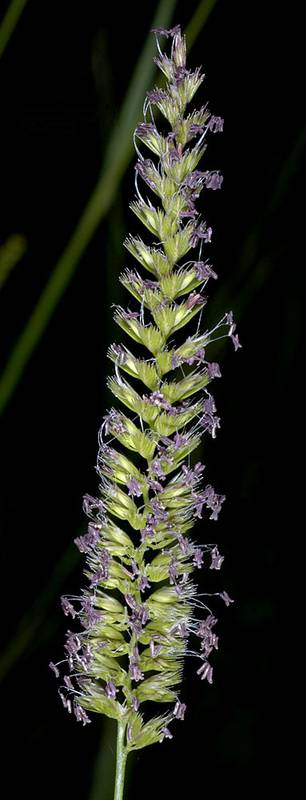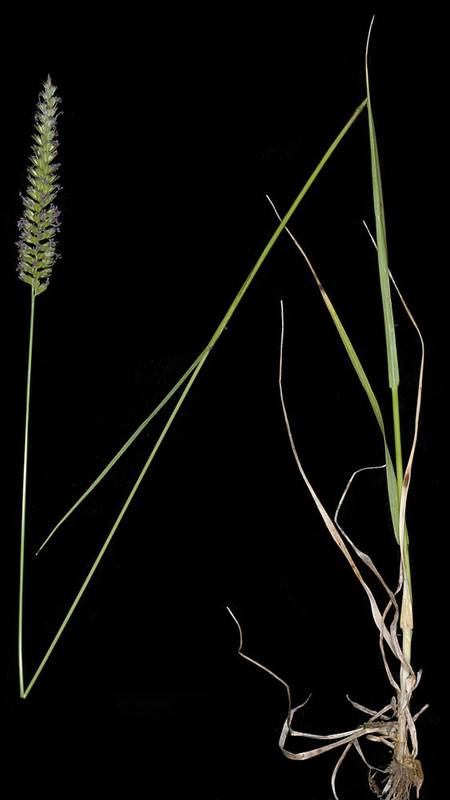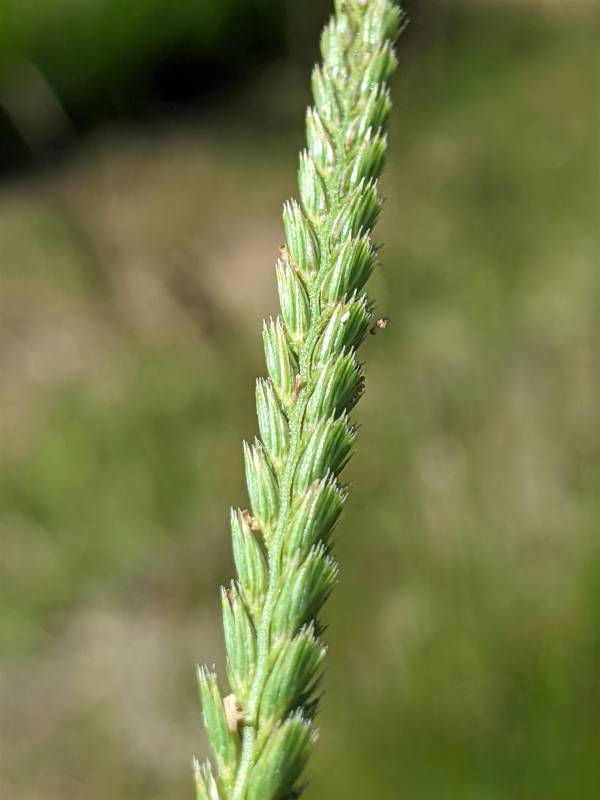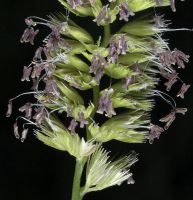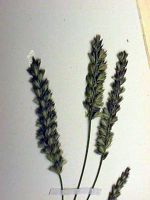Distribution: Occurring chiefly east of the Cascades crest in Washington; British Columbia to California, also in Idaho, Montana, and Colorado.
Habitat: Waste places, old meadows, roadsides, and other disturbed areas.
Flowers: June-July
Origin: Introduced from Europe
Growth Duration: Perennial
Conservation Status: Not of concern
Pollination: Wind
Tufted perennial, the erect culms 4-8 dm. tall.
Sheaths open, the upper glabrous, the lower puberulent; ligules about 1 mm. long, truncate, glabrous; blades flat to folded, 1.5-2.5 mm. broad.
Inflorescence a one-sided, spike-like panicle 3-8 cm. long and less than 1 cm. thick; spikelets in pairs on very short branches, one spikelet fertile and sessile, the other short-pedicellate and sterile; sterile spikelet flattened and fan-like, 4-5 mm. long, consisting of glumes and 7-9 empty lemmas; fertile spikelet has glumes 2.5-3.5 mm. long, keeled and scabrous, with serrulate margins; lemmas somewhat lopsided, rounded, about 4 mm. long, scabrous, with an awn tip about 0.5 mm. long.
Publication: Sp. Pl. 1: 72. 1753. 1753.
PNW Herbaria: Specimen records of Cynosurus cristatus in the Consortium of Pacific Northwest Herbaria database
WA Flora Checklist: Cynosurus cristatus checklist entry
OregonFlora: Cynosurus cristatus information
E-Flora BC: Cynosurus cristatus atlas page
CalPhotos: Cynosurus cristatus photos

